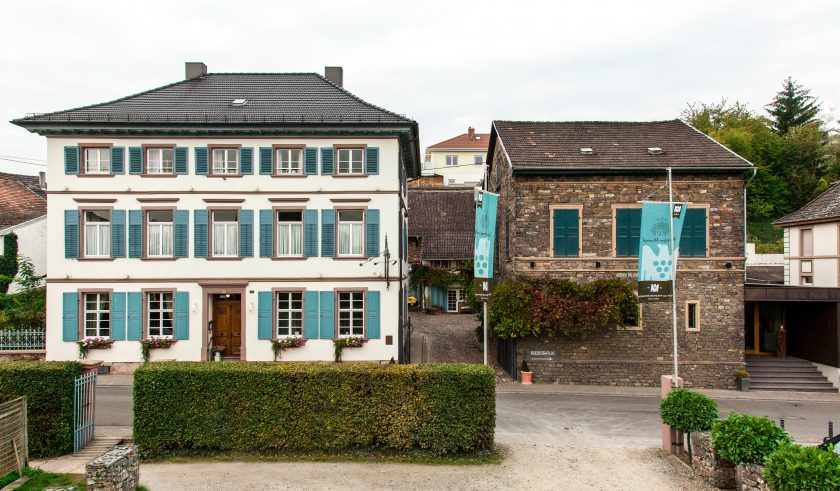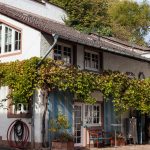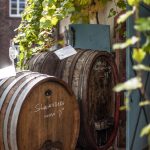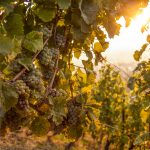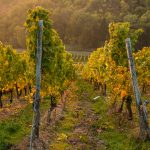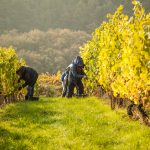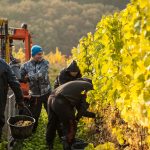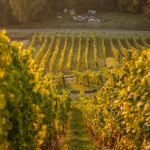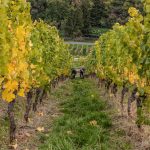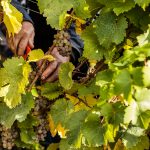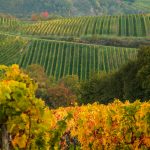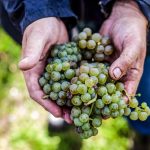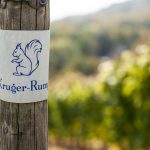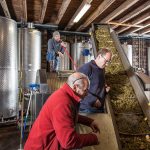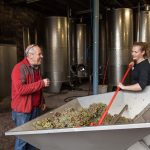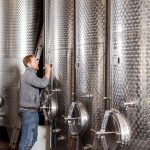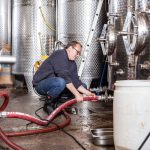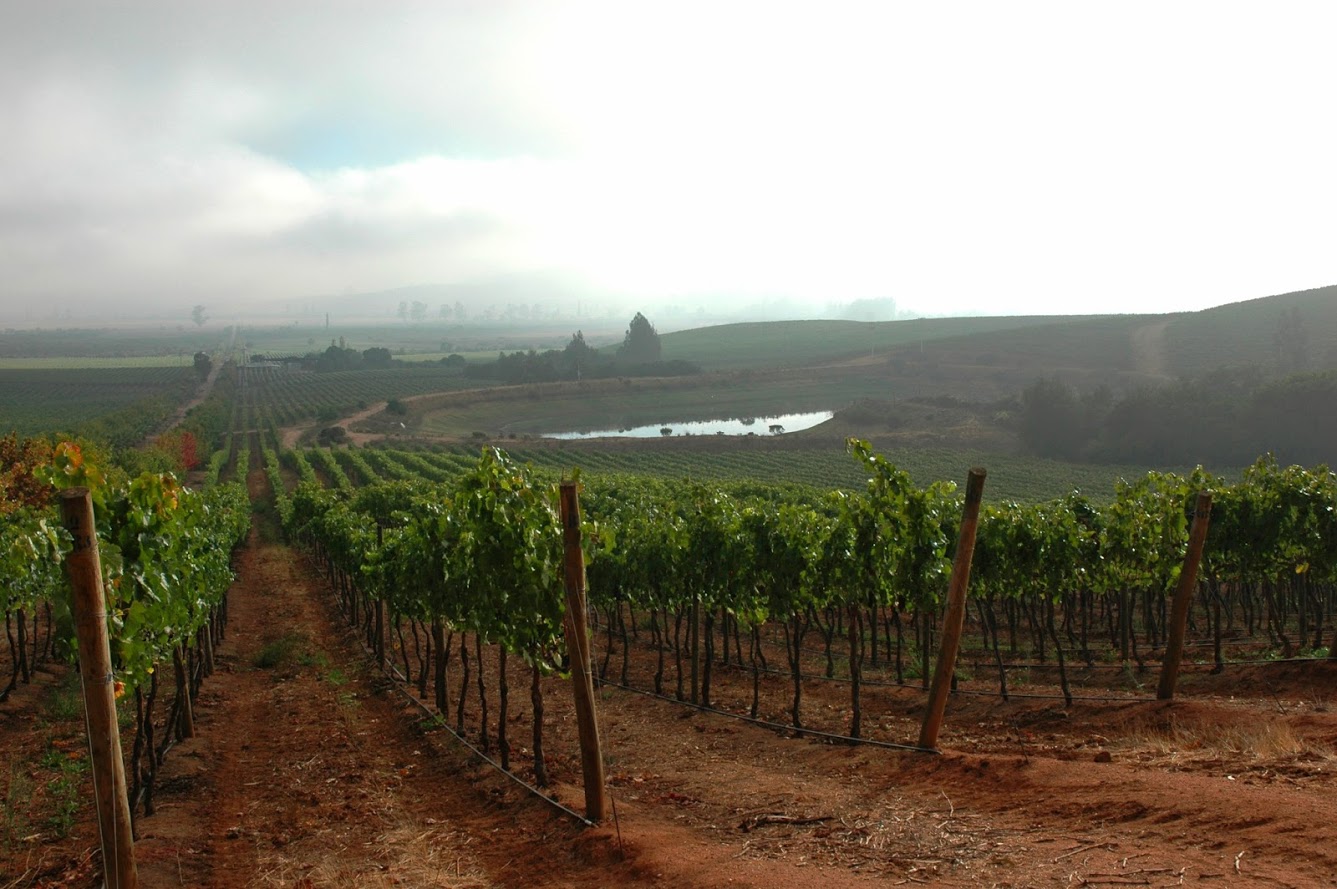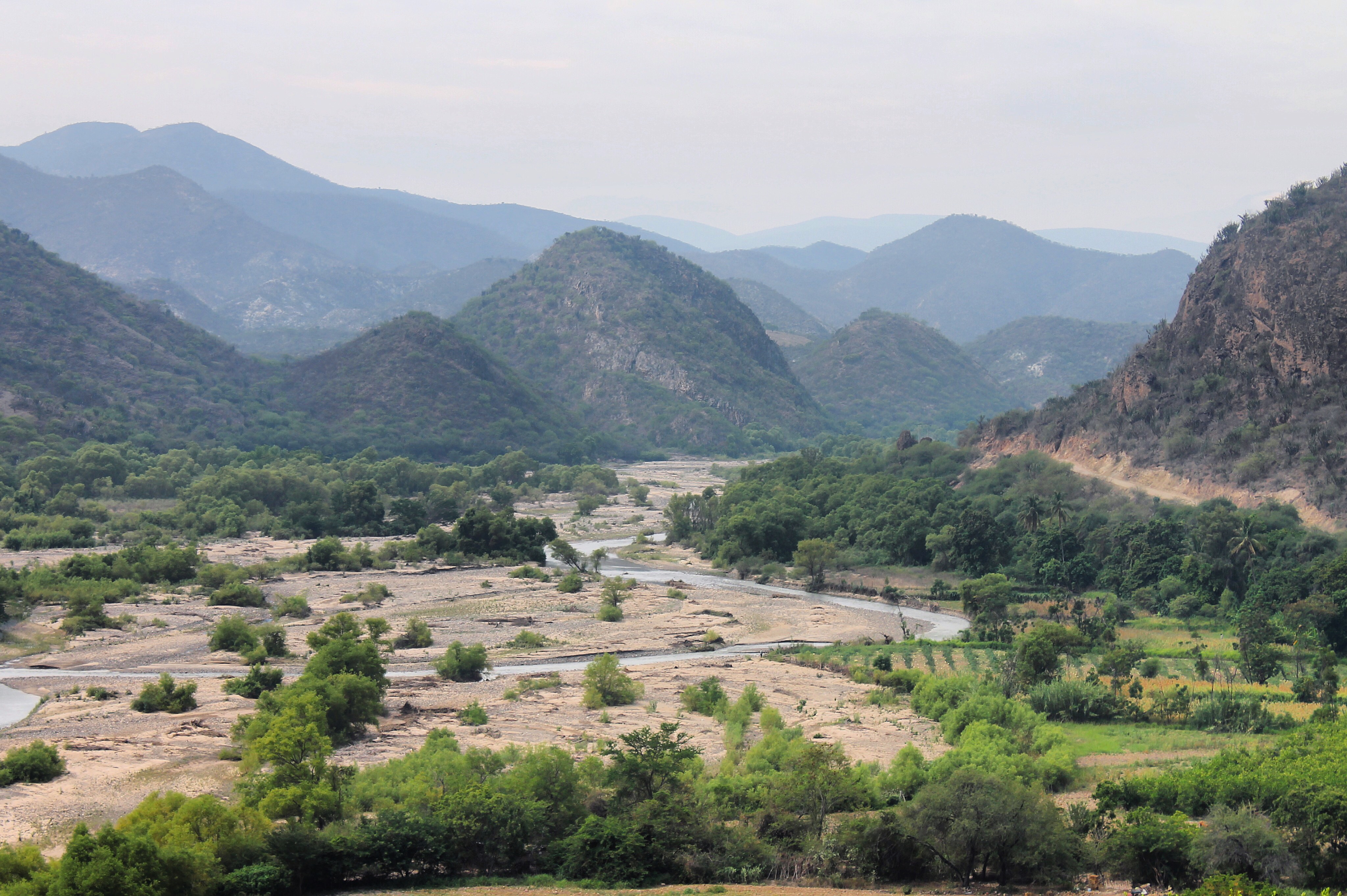The roots of the Kruger-Rumpf estate date back to the 1790’s. Like most vine-growers at the time, the family sold the majority of their grape production to larger houses or cooperatives. This practice continued through the ninetieth and early twentieth centuries until Stefan Rumpf kept the majority of their harvest to produce their own estate wines in the 1980’s. This move allowed Kruger-Rumpf to focus on quality and express the distinctive terroirs in the family’s holding. Stefan’s sons Georg and Philipp, are continuing the trajectory Stefan began with renewed energy and technical skill. The brothers Rumpf graduated from Germany’s prestigious Geisenheim; Georg studied viticulture and Philipp focused on oenology. In their hands, this estate’s future is bright and quality continues to improve from vintage to vintage.

The Kruger-Rumpf estate is located in Münster-Sarmsheim, a small village on the western side of the Nahe River. In this area the river flows north towards its destination in the Rhein River about 2 kilometers downstream. This is a geographically unique area as it represents the intersection of three major German wine regions. The majority of Kruger-Rumpf’s holdings are located on the western side of the Nahe, though they also own parcels directly across the Nahe in Binger Scharlachberg, which is part of the Rheinhessen. Standing in Kruger-Rumpf’s parcels in Rheinberg (Nahe), one can look out to Scharlachberg across the Nahe River in Rheinhessen, while the southern bend of the Rheingau and the Rudesheimer Berg, one of the most famous parts of the region, is visible to the north.
Kruger-Rumpf’s holdings represent some of the greatest terroirs in the region with south-facing exposures and classic Nahe soil compositions, though each is uniquely arranged. The Grosses Gewächs sites are the jewels of the estate: the slate vineyard Münsterer Pittersberg and the Münsterer Dautenpflänzer, a tiny parcel within Kapellenberg containing quartzite and loess-clay soils. Both sites are south-facing allowing for better ripening of Grosses Gewächs dry wines. Binger Scharlachberg (in Rheinhessen), is composed of porphyr (volcanic), and red sandstone soils and produces Grosses Gewächs wines of power and finesse. The 2 hectare Dautenpflänzer is rarely affected by frost and the top layer of soil is rather nutrient rich, both factors important in cultivating the younger vines planted there. The Münsterer Rheinberg, is made mostly of quartzite with sandy loam with a south/south-east exposure directly by the Nahe River.
Kruger-Rumpf’s vineyards are farmed sustainably with some sites undergoing full organic conversion. Bees are kept nearby to facilitate pollination and aid in overall bio-diversity. Periodically goats are allowed to roam the vines helping to control underbrush. All vineyards are hand harvested to ensure that only optimally ripe grapes are selected, as Georg does not prefer the effects of botrytis in his dry cuvees. Stefan believed that “you can’t improve wine in the cellar, only make it worse,” and Georg has continued his cellar work with this philosophy in mind. A short fermentation is preferred, as the Rumpfs believe a long fermentation will remove fruit and freshness of character in the wines. Fermentation occur spontaneously with ambient yeast for the fruity wines. Ambient yeasts are preferred though sometimes a neutral strain of cultured yeast is required to complete its fermentation. Often the wines stay on their gross lees well into spring. The wines produced show the best of Kruger-Rumpf’s renowned vineyard sites, with brilliance, concentration and extract.




